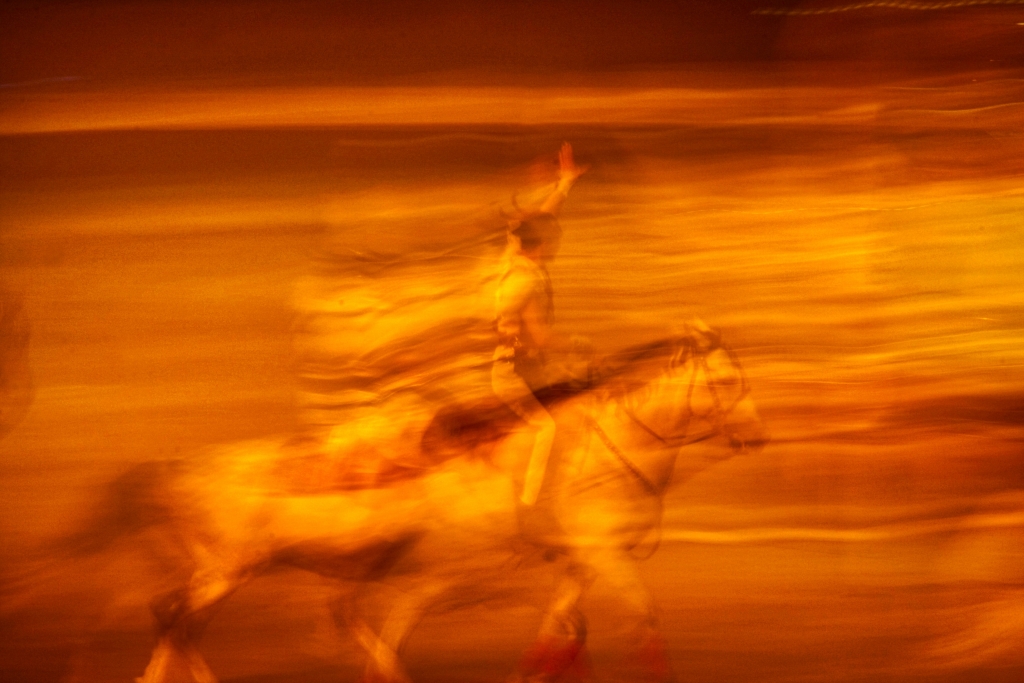One of our main struggles as human beings is to understand ourselves. Through therapy, personality tests, and introspection, we strive to figure out who we truly are, and our place in the world. We want to know what will make us happy and fulfilled as individuals. A key to understanding our true natures lies in the archetypes we all collectively share. Understanding universal patterns can help us better understand not just ourselves, but the world around us.
What is an Archetype?
The concept of archetypes was developed by Swiss psychiatrist Carl Jung. The term ‘archetype’ means original pattern in ancient Greek. Jung believed that the human psyche was comprised of the ego, the personal unconscious and a collective unconscious. The collective unconscious, he said, was not learned but something we all share as a species. Archetypes are the recurring universal patterns and personality types that are part of the collective unconscious.
These archetypes have appeared throughout most of humankind’s history, commonly found in art, stories and myths. They help us experience life, and drive human motivations and actions. Each archetype is made of a specific energy or vibration that we experience within ourselves or in rapport with another person. An archetype offers a model of a personality type, but our experiences, history and identity will always play a role in our behavior. We might also move from one archetype to another as we are living them out.

Examples of Archetypes
According to Carl Jung, there are 12 predominant archetypes that can be split up into three categories: ego types, soul types, and self types. We are all familiar with The Hero archetype (ego type). The hero’s journey is a story constantly played out in books, television and film. He is the one who must prove his worth through courageous acts, growing into his potential through the trials.
The Caregiver (ego type) archetype is marked by the need to put others first, whose greatest fear is selfishness and ingratitude. The Rebel (soul type) has an intense fear of being powerless and desires revenge or revolution. The Jester (self type) is marked by his need to make everyone laugh and is focused on living in the moment.
Why is the Archetype Important?
Though many of us display a combination of types, most of us have one dominant archetype that defines our personality. We also have what is referred to as a ‘shadow archetype’, or a repressed trait that is similar to Freud’s ‘id’ or ‘the unconscious’. This is the part of ourselves we often reject. It’s only by recognizing our shadow archetype and incorporating it into our broader definition of self that we can truly be at peace.
When we have a better understanding of patterns and personality types, we can better understand ourselves and the world around us. Not only does this help us realize our true potential, but it also assists us in connecting to others and seeing how collective experiences interact and mingle. Knowledge of archetypes is not about pigeon-holing. It offers a guide to the collective patterns and our place in the greater whole as we continue our greater quest for self-knowledge.
Whether we identify with The Hero, The Explorer, or The Innocent, knowing more about our archetypes and how they affect our lives is an important step toward deeper self-awareness and understanding. When we are able to know our universal truth and express it in a language that others can comprehend, we become powerful forces of compassion and deeper connection.





